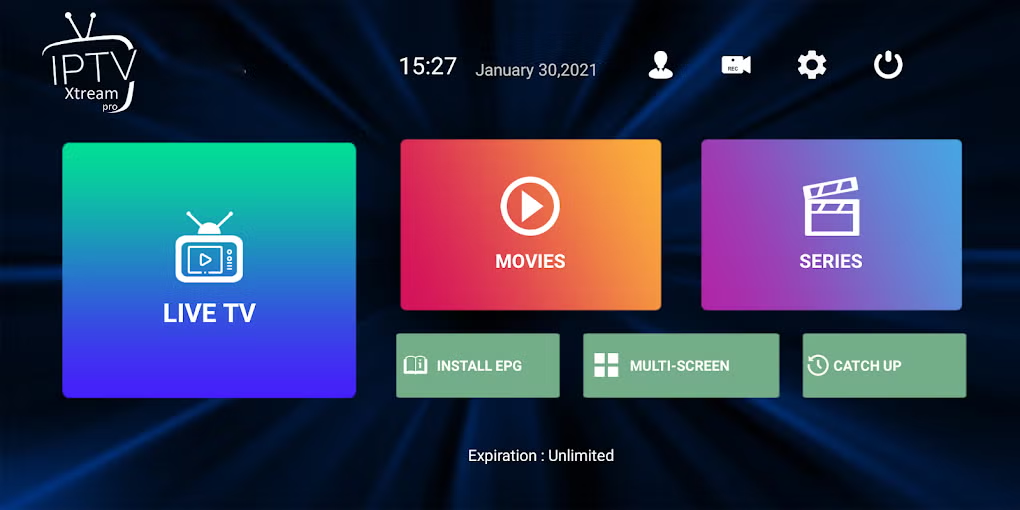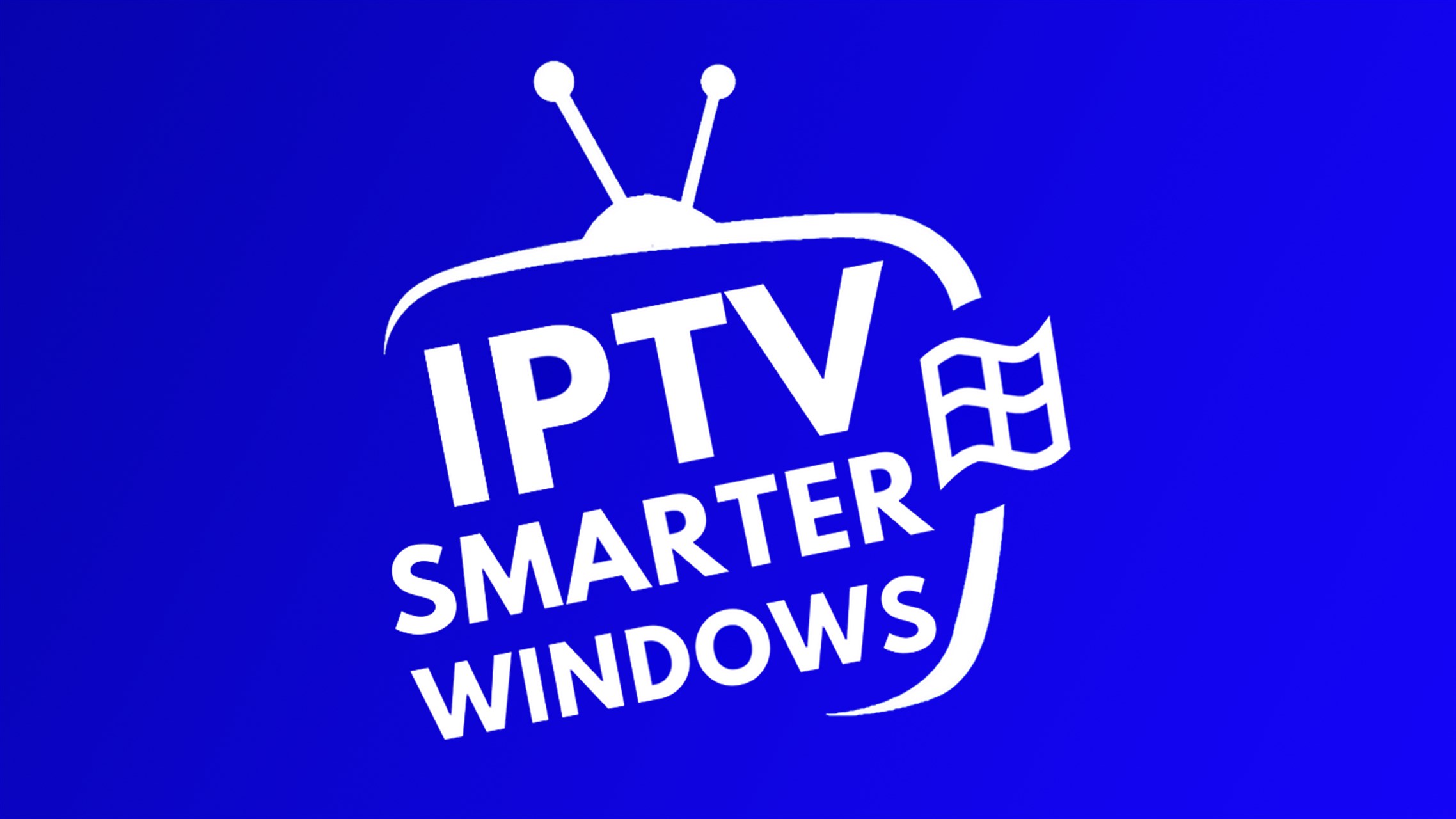Table of Contents
IPTV for Windows Engaging Introduction
Are you tired of paying exorbitant cable bills just to watch your favorite shows? What if there was a smarter, more flexible way to enjoy live TV and on-demand content without the hassle of traditional TV? Enter IPTV for Windows—a game-changing technology that’s revolutionizing how we consume media. Could it really replace your cable subscription? Let’s dive in and find out!
IPTV for Windows Overview
In this blog post, we’ll explore whether IPTV for Windows can truly take the place of traditional TV. This isn’t about complicated setups or hours of tinkering—it’s about a straightforward process that anyone can follow. Whether you’re tech-savvy or just looking for an easy solution, this guide will walk you through everything you need to know. It’s quick, simple, and packed with tips to make your transition seamless.
Essential Ingredients
Before we get started, let’s break down the key components you’ll need to set up IPTV for Windows. Think of these as the “ingredients” for creating your ultimate streaming experience:
- A Reliable Internet Connection
- Why it matters: IPTV streams content over the internet, so a fast and stable connection is crucial [[6]]. Slow speeds can lead to buffering or poor video quality.
- Substitution: If your Wi-Fi is spotty, consider using a wired Ethernet connection for better performance.
- Why it matters: You’ll need a subscription to an IPTV service to access live channels and on-demand content [[1]].
- Substitution: Some providers offer free trials—perfect for testing before committing.
- IPTV Software/App
- Why it matters: This is the tool that allows you to stream content directly on your Windows PC [[4]]. Popular options include VLC Media Player, Kodi, or dedicated IPTV apps.
- Compatible Hardware (Windows PC)
- Why it matters: Any modern Windows computer should work fine, but ensure it has enough storage and processing power for smooth playback.
- Optional Accessories
- HDMI Cable: To connect your PC to a larger screen like a TV.
- Remote Control: For a more traditional TV-like experience.

Step-by-Step Instructions
Ready to bring IPTV for Windows into your home? Follow these easy steps:
Step 1: Choose Your IPTV Service
Start by researching reputable IPTV service providers. Look for one that offers the channels and features you want, such as sports, movies, or international programming [[1]]. Many services also provide multi-screen support, allowing you to stream on multiple devices [[8]].
Tip: Read reviews and compare pricing plans to find the best fit for your needs.
Step 2: Install IPTV Software
Once you’ve subscribed to service, download and install compatible software on your Windows PC. Apps like VLC or Kodi are user-friendly and widely supported [[4]].
Tip: Check the app’s system requirements to ensure compatibility with your PC.
Step 3: Set Up Your Account
Log in to your IPTV account within the app. Most services will provide a unique URL or login credentials during setup. Follow the prompts to sync your account with the software.
Tip: Save your login details securely for future use.
Step 4: Test Your Stream
Before settling in for movie night, test the service to ensure everything works smoothly. Play a few channels or videos to check for buffering or quality issues [[6]].
Tip: If you encounter problems, try restarting the app or switching servers provided by your IPTV service.
Step 5: Optimize Your Setup
For the best experience, adjust settings like resolution and bitrate. Higher resolutions mean better picture quality but require faster internet speeds [[4]].
Tip: Start with lower settings if your connection is inconsistent, then increase them once you’re confident in your setup.
Assembly
Now that you’ve got all the pieces in place, it’s time to assemble your ultimate streaming station:
- Connect Your PC to a TV (Optional): Use an HDMI cable to display your PC screen on a bigger TV for a true home theater feel.
- Organize Your Channels: Most IPTV apps allow you to create custom playlists or favorites for quick access [[5]].
- Enhance Comfort: Add accessories like a wireless keyboard or remote control for convenience.
Presentation Tip: Dim the lights and grab some snacks—it’s showtime!
Storage and Make-Ahead Tips
Unlike traditional DVR systems, IPTV for Windows doesn’t require physical storage since content is streamed online. However, here are a few tips to keep things running smoothly:
- Bookmark Favorite Shows: Save links to frequently watched programs for easy access later.
- Schedule Downloads (If Available): Some IPTV services let you pre-download content for offline viewing [[5]].
- Regular Updates: Keep your IPTV software updated to avoid bugs and improve performance.
Recipe Variations
Want to spice things up? Here are some creative ways to customize your IPTV for Windows setup:
- Add-Ons: Explore plugins or extensions that enhance functionality, like subtitles or parental controls.
- Multi-Device Streaming: Stream simultaneously on tablets, smartphones, or smart TVs using the same IPTV account [[8]].
- Personalized Playlists: Tailor your channel list to focus on genres or languages you love.
Conclusion
So, can IPTV for Windows replace traditional TV? The answer is a resounding yes—for many people, it already has! With its flexibility, affordability, and high-quality streaming capabilities, IPTV is paving the way for the future of television [[1]]. Why not give it a try? Experiment with different services, tweak your setup, and discover a whole new world of entertainment right at your fingertips.
FAQs
Q: Is IPTV legal?
A: Yes, IPTV itself is legal. However, always choose reputable providers to avoid pirated content [[1]].
Q: Do I need a super-fast internet connection?
A: While faster connections deliver better quality, most IPTV services work well with standard broadband speeds [[6]].
Q: Can I use IPTV on other devices besides my PC?
A: Absolutely! Many IPTV services support multiple devices, including smart TVs, tablets, and smartphones [[8]].
Q: What happens if my internet goes down?
A: Unlike traditional TV, IPTV relies on your internet. Consider investing in backup solutions like mobile hotspots for uninterrupted viewing.
Q: Is IPTV cheaper than cable?
A: In most cases, yes. IPTV subscriptions are often more affordable and come with added flexibility [[1]].
There you have it—a complete guide to replacing traditional TV with IPTV for Windows. Happy streaming!




